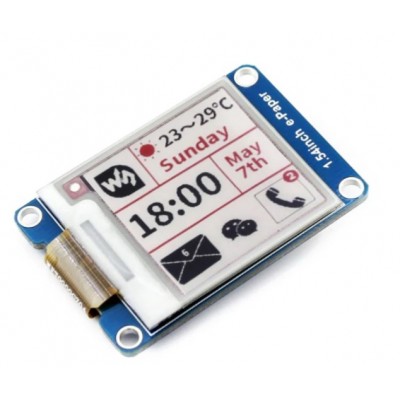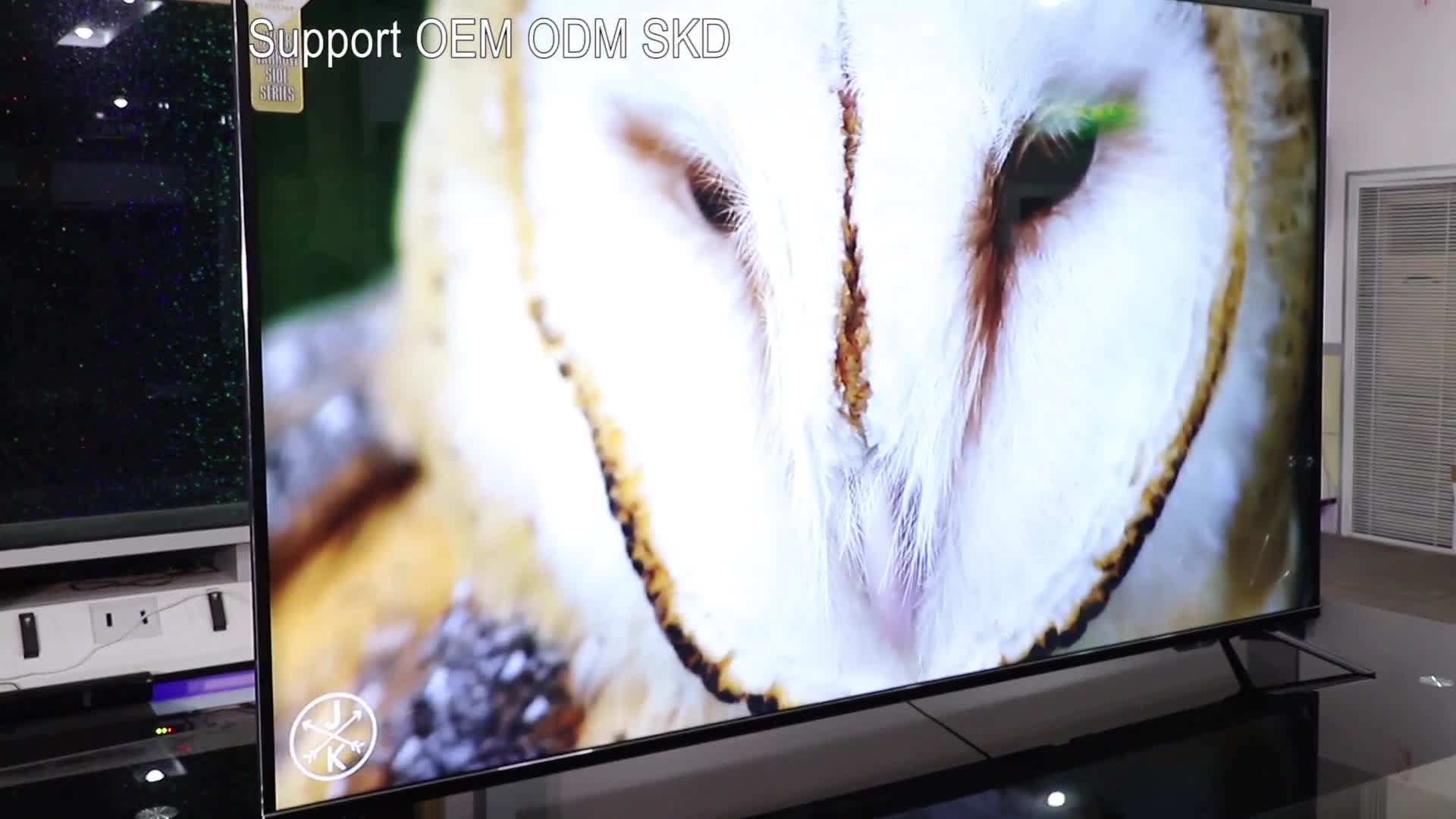

In other words, it contains absolutely no White or Gray. Shade is any pure Hue or mixture of pure colors with only Black added. That's because bright pure colors are most often associated with children. They are complex, subtle and sophisticated. Toned colors are generally considered more pleasing to the eye. A neutral mixture of Gray, no matter how light or dark, will tone down the intensity of any color.
200x200 flat color ui plus#
In other words, there are no additional pigments in the Gray other than White plus Black. To be precise, this definition considers Gray as truly neutral. Tone is any Hue or mixture of pure colors with only Gray added. Therefore a Tint can range from slightly lighter than your original color, all the way to White with barely any of the color mixed in. A Tint lightens the color, but it doesn't make it brighter. Hue slider Ī Tint is any Hue or mixture of pure colors with only White added.

White, Black and Grey are not usually referred to as hue or color. Color wheelĪ HUE refers to the dominant Color Family of the specific color we're looking at. So first, a little refresher on what these levers are and what they do.ĬOLOR is the general term we use to describe every hue, tint, tone or shade we see.

These are the ‘levers’ that we can push and pull to achieve the more balanced and unique colors combinations for our UI designs. But creating beautiful color palettes isn’t only about these formulas, it’s also about subtleties of balancing hue, tint, tone, shade and temperature. Color swatchesĬolor harmony and color theory offer some formulas that we can use to start our color palettes its an important foundation to understand and I’ve done a video all about color harmony and color theory here our channel. To successfully do this in your design apps you just have to know which levers to pull. Maybe you’ve followed all the color harmony and color theory tutorials to a tee and generated a complimentary color palette, but you notice that the colors don’t seem to match very well, perhaps they looks harsh or a bit muddy and you're not sure why.Ĭreating good color schemes is all about matching and balancing hue, tint, tone, shade and temperature. Matching color palettes and balancing color schemes Complimentary color palette | Color theory Watch the video or jump to the article below to find out how. What I discovered is that on digital screens, there is a formula and safe range of Saturation and Brightness that will result in a perfect palette for each category every time. So I set out to break down color in a different way by pulling from traditional visual and graphic arts like painting and interior design and framing it in a way that makes it simple and relevant for what we do as UI designers. Color theory terms like complimentary and monochromatic, saturation and brightness just weren’t clicking for them. One of our DesignerUp students was struggling with this recently.
200x200 flat color ui how to#
I’ve done videos and articles before on how to choose UI colors and how to use colors to solve complex UI problems.īut that’s not the only way we can choose colors and for some of you this might be the key to helping you understand this topic. So what do you do? How can you start thinking about and seeing colors in a way that makes them easier for you to choose and tweak to your needs? But sometimes you’ll find in practice that those articles don’t quite click, that the color combinations don’t match very well or that the generated color palettes just don’t work as well in the context of your project. There are a lot of great articles and videos about color theory and the color wheel and a lot of tools for generating color palettes out there. Furthermore, we all have different cultural or contextual associations that we tie to color. Each color represents a different defined wavelength, yet each of us perceives color differently depending on our sense faculties. For example, this creates a rounded rectangle with 25 points of rounding on each corner: RoundedRectangle(cornerRadius: 25)įinally, SwiftUI provides a Capsule() shape as a specialized form of rounded rectangles, where the shortest edge of the rectangle is always fully rounded.Color is a matter of perception. There’s a dedicated shape for rounded rectangles, allowing you to customize how much rounding should be applied, as well as having complete control over the type of rounding. Similarly, if you wanted a 100x100 blue circle you would use this: Circle()

SwiftUI has several built-in shapes such as rectangles, circles, and capsules, each of which can be created, color, and positioned as needed.įor example, if you wanted a 200x200 red rectangle, you would use this: Rectangle()


 0 kommentar(er)
0 kommentar(er)
